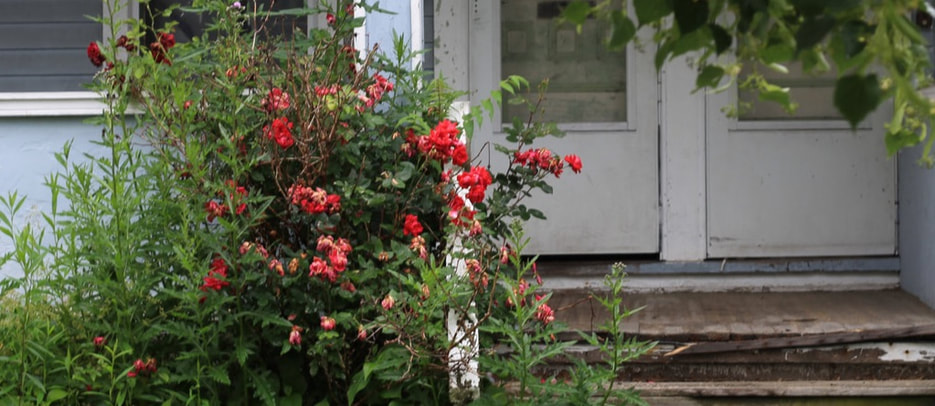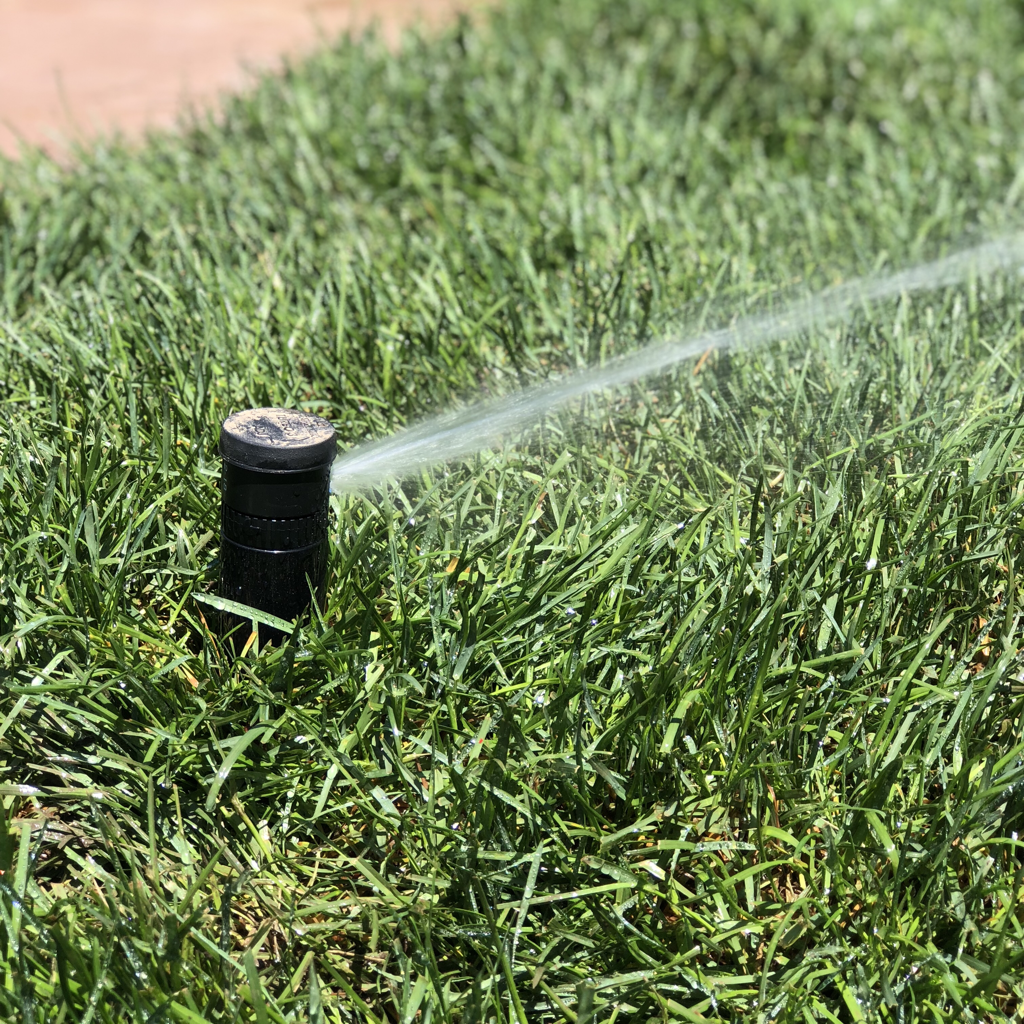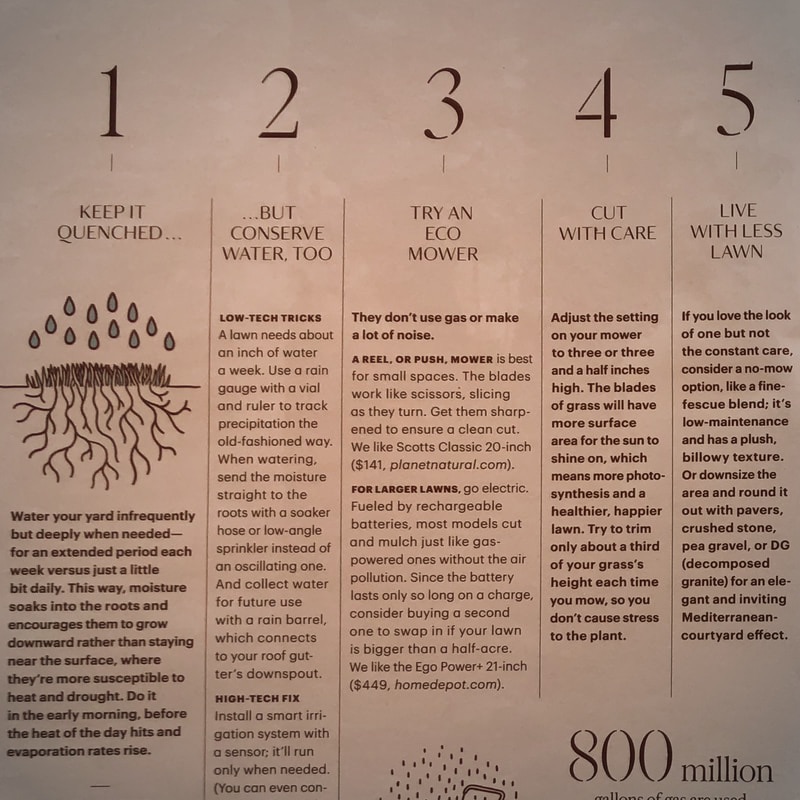On The Conservation of Water.This is post two of a series that takes its lead from a piece in Martha Stewart Living (May 2018) that offers "10 smart ways to help your plants thrive [while you] go truly, vibrantly green." I see them as classic "all-time" garden tips and rewrite them to situate their relevance in a Buffalo, NY context. In "the garden literature" there is a lot written on how to use less water for your garden - a conservation that's practices' range from capturing rain water to planting plants that don't need water. To keep this contained I will have to offer my essay as a series of bullet points.
I am never able to finish a writing project. I start a new one every three to four days but inevitably drift off into a new problem. So, when I came across this short list in "Martha Stewart Living" I thought it would be a helpful exercise to offer a local expansion and commentary on the list of "10 ways to help your plants thrive and [for you] to go truly and vibrantly green' offered in the May 2018 issue. A quick and easy piece that allows me to retell 'the classics' - like doing a cover of the greatest and most common gardening tips of all time. "Buff Hort riff's on the classics."
"Keep it Quenched." "Water deeply yet infrequently" is no new rule. It comes from two principles - (1) if you run a sprinkler for 20 or 30 minutes you may get the top 1/2 inch of soil wet. This will contain the roots of your plants to this same 1/2 inch horizon. Of course the sun and wind dry this top layer almost instantly necessitating another irrigating. This is when our second issue arrises. The frequent watering makes for constantly wet foliage and as anyone with a bathtub and a shower understands, these are ideal conditions for fungal growth and plant diseases can thrive. So the idea to "water deeply, infrequently." Instead of watering X amount of time everyday, water 7X the quantity of water weekly. The allows water to percolate and be drawn deeper into the soil, expanding the zone roots will grow in and find what the need, while keeping everything dry - thus limiting favorable fungal conditions - for long as possible. As to whether you should water early in the morning or in the evening - I say, first and foremost, if the plants need water, water; just get the job done as soon as possible. But, if you and your plants have the privilege of being theorists the watering in the morning will allow the sun to dry the foliage quickly after irrigating. Manual watering is ALWAYS best; automated sprinkler systems are the decline of so many landscapes and gardens. They don't have to be, but the hope to automate the most delicate and sensitive of all horticultural operations never goes well. We could write about and comment on techniques, tactics, and strategies of watering for a very long time. There are many specificities and exceptions - but, like gardening, it is an art; see this as a guide only and follow no hard rules. Let experience and your personal relationship to your plants and garden be your most referenced and used tools. NOTE: This blog post has made no effort to be SEO friendly. |
Matthew DoreLandscape designer and Proprietor of Buffalo Horticulture Archives
April 2020
Categories |
Telephone(716)628.3555
|
|



 RSS Feed
RSS Feed